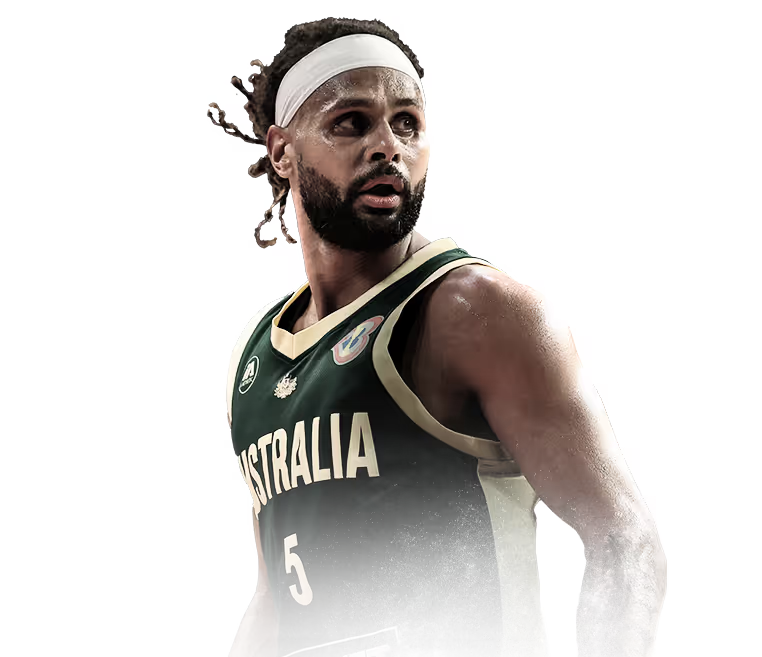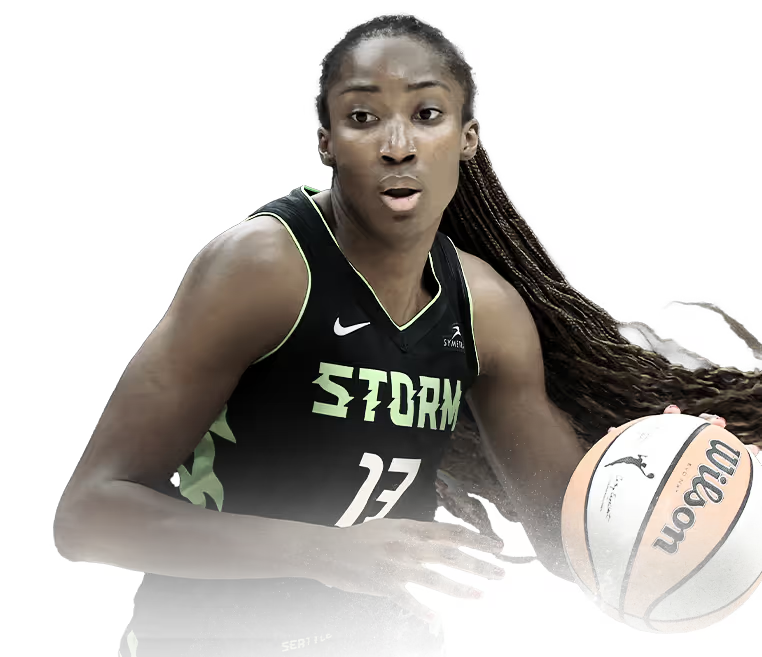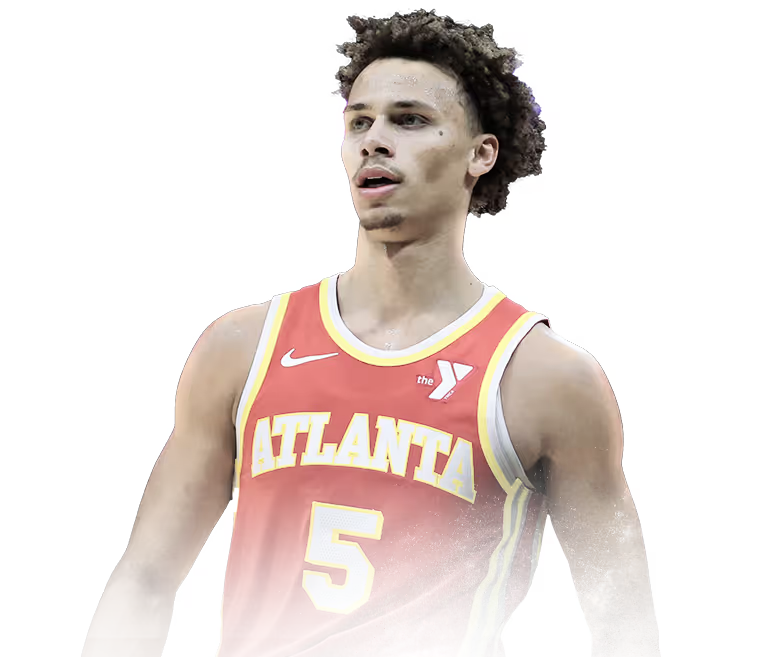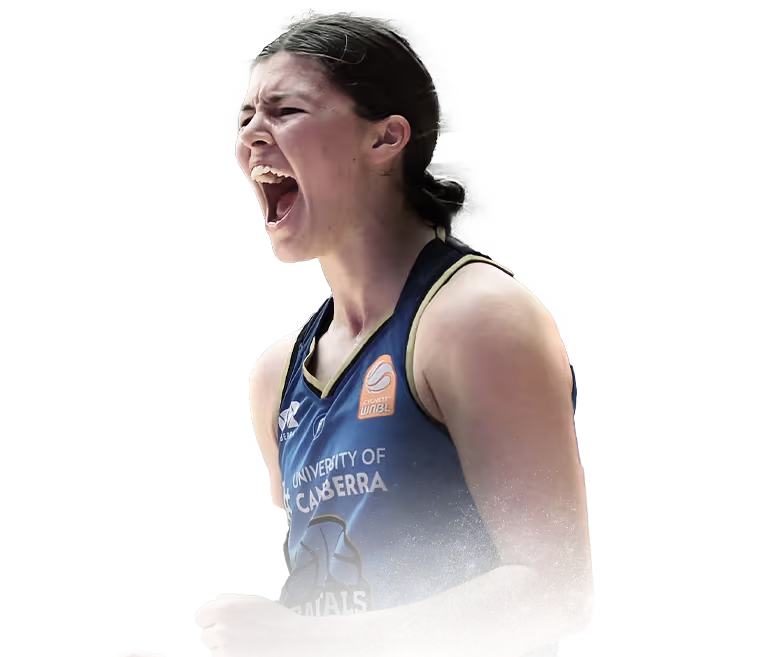

1
Apr
National Champs
Complete guide to 2025 U18 men's Nationals
Complete Guide to the Australian Under-18 Men's Basketball Championships
- The 2025 Foot Locker Under-18 Men's National Championships features 14 teams competing across two pools in a week-long tournament
- Victoria Metro won the 2024 National Championships, beating SA Metro
- The championships serve as a crucial talent identification platform for NBL clubs and national team selectors
The Australian Under-18 Men's National Championships represent the pinnacle of junior basketball competition in Australia, showcasing the country's best young talent on a national stage.
For the full team lists for the tournament, hosted by Northside Wizards Basketball in Brisbane from April 6-13, click here.
History and Significance of the Under-18 Championships
The Australian Under-18 Men's National Championships have a rich history dating back several decades. These championships began as a way to identify and develop young basketball talent across the country. In the early years, the tournament was significantly smaller, featuring only a handful of state teams. As basketball grew in popularity throughout Australia, the championships expanded to include more teams and eventually incorporated metropolitan and country divisions.
Initially, the championships were primarily focused on competition, but over the years, they evolved to become a crucial talent identification pathway. The tournament's importance grew as Basketball Australia recognised the need for structured development programs that would feed into senior national teams.
Tournament Structure Development
The current format of the championships has been refined over many years. The tournament now features a pool-play system followed by classification matches and knockout finals — a structure that ensures all teams play multiple games regardless of their early results.
One significant evolution has been the division between metropolitan and country teams. This split acknowledges the different development environments and resources available to players in urban centres versus regional areas, while still providing elite competition opportunities for all participants.
The tournament's duration has also been optimised to balance competitive needs with player welfare concerns. The week-long format allows for adequate recovery between games while still creating a challenging schedule that mimics what players might experience at higher levels.
Current Tournament Format
The 2025 Foot Locker Under-18 Men's National Championships employs a two-pool structure featuring 14 teams total. This structure creates balanced competition while ensuring teams play against opponents of varying strengths.
Pool A consists of:
- Victoria Metro
- Western Australia Metro
- South Australia Country
- Queensland South
- Tasmania
- New South Wales Country
Pool B includes:
- New South Wales Metro
- South Australia Metro
- Victoria Country
- Queensland North
- Western Australia Country
- Australian Capital Territory
- Northern Territory
Each team plays every other team in their pool once during the round-robin phase. This format ensures fairness and provides multiple competitive opportunities for all participants. The pool games determine seedings for the classification and knockout phases that follow.
Game Schedule Breakdown
The championship runs for eight days, from Sunday, April 6th to Sunday, April 13th, 2025. The schedule is carefully designed to balance competitive fairness with player recovery needs:
- Days 1-5 (April 6-10): Pool play, with each team playing approximately one game per day
- Day 6 (April 11): Classification games (#1 and #2) and quarter-finals
- Day 7 (April 12): Classification games (#3, #4, and #5) and semi-finals
- Day 8 (April 13): Final classification games and medal matches
Games are distributed across four courts, with the gold medal match played on the showcase court. The schedule typically runs from morning until evening, with teams receiving varying amounts of rest between games. This design tests not only the basketball skills of the participants but also their physical preparation and recovery strategies.
Advancement and Classification Process
The classification process determines final tournament rankings for all teams. Following pool play:
- The top four teams from each pool advance to the quarter-finals
- Teams ranked 5th-7th in each pool enter the classification round
- Quarter-final winners advance to semi-finals, losers play for 5th-8th place
- Semi-final winners compete for gold, losers play for bronze
- Additional classification games determine final positions 5th through 13th
This comprehensive system ensures every team plays through the entire tournament regardless of early results, maximizing development opportunities for all participants.
State Basketball Powerhouses
Historically, certain states have dominated the Under-18 Championships. Victoria Metro has been the most successful program, consistently producing elite talent and championship teams. New South Wales Metro and South Australia Metro have also established themselves as perennial contenders.
These powerhouse programs benefit from several advantages:
- Larger population bases from which to draw talent
- Well-established junior development pathways
- Access to quality coaching and training facilities
- Strong club competitions that prepare players for national tournaments
The dominance of these metropolitan teams has led to the current system that separates metro and country teams, creating more balanced competition while still providing elite competition for all participants.
Country vs Metropolitan Teams
The division between country and metropolitan teams represents one of the unique aspects of Australian junior basketball. This separation acknowledges the different development environments while providing appropriate competitive opportunities.
Metropolitan teams typically benefit from:
- Larger talent pools
- More frequent high-level competition
- Better access to elite facilities and resources
- Proximity to NBL teams and high-performance centres
Country teams often develop different strengths:
- Greater team cohesion due to familiar player groups
- Unique playing styles that can challenge metropolitan opponents
- Strong community support
- Players with diverse basketball backgrounds
This division creates interesting stylistic matchups and ensures country players have a pathway to national recognition despite geographical disadvantages.
Emerging Basketball Regions
While traditional powerhouses continue to perform strongly, several regions have emerged as growing forces in junior basketball:
Queensland has invested significantly in basketball development over the past decade, improving infrastructure and coaching resources. This investment is beginning to show results at the Under-18 level.
Western Australia's basketball program has also made strides, particularly in talent identification and development. Their metro team has become increasingly competitive at national tournaments.
The Northern Territory, despite population challenges, has invested in Indigenous basketball programs that are producing exciting young talent with unique skills and playing styles.
These emerging regions are gradually challenging the traditional basketball hierarchy, creating a more competitive national landscape.
Role in National Team Selection
The Under-18 Championships serve as a crucial identification tournament for national team selectors. Standout performances often lead to selection for:
- Australian Under-17 teams competing in FIBA Oceania and World Championship events
- Australian Under-19 teams competing in World Championships
- Basketball Australia's Centre of Excellence program
National team coaches and scouts attend the championships specifically to identify players with international potential. They look beyond statistics to assess fundamental skills, basketball IQ, physical attributes, and competitive mentality—all qualities needed for international success.
The championships provide a rare opportunity to evaluate players in a high-pressure, tournament environment against the best competition in their age group. This context helps selectors project how players might perform in international competitions.
NBL and College Recruitment Impact
The Under-18 Championships have become a key recruitment ground for both NBL clubs and college programs. Representatives from various pathways attend to identify future talent:
NBL clubs send scouts to identify potential development players and future draft prospects. The NBL Next Stars and NBL1 programs have created direct pathways from junior championships to professional basketball.
American college programs increasingly recognize the championships as a source of mature, fundamentally sound players. Australian players have earned reputations as team-oriented athletes who understand basketball systems—qualities that make them attractive to college coaches.
European professional teams also occasionally scout the tournament, looking for young talent that might be developed in their systems.
The multi-game format allows observers to see how players perform when fatigued, how they adjust to different opponents, and how they respond to pressure situations—all valuable insights for recruitment decisions.
State Development Programs
Each state's basketball organization has developed specific programs to prepare players for the Under-18 Championships:
Victoria's development pathway includes metropolitan and country academies that provide year-round training for identified talent. Their structured approach begins at under-12 level and progressively builds toward state team selection.
New South Wales employs a similar system with state development programs and regional academies that feed into state teams. They place particular emphasis on positional skills development.
Queensland has implemented a decentralized model that acknowledges the state's geographic challenges, with regional hubs providing development opportunities across the state before centralizing for state team preparation.
These programs vary in structure but share common elements: scientific talent identification, systematic skill development, and graduated competitive opportunities leading to state team selection.
Historical Championship Results
The championship's history features dominant performances from several teams:
Victoria Metro has the most championship titles, establishing dynasties in several eras. Their 2018 championship team, featuring several future NBL players, is considered one of the strongest junior teams ever assembled.
New South Wales Metro has challenged Victorian dominance periodically, winning consecutive championships in the early 2010s with teams featuring multiple future professional players.
South Australia has produced surprise championship runs, often built around exceptional team chemistry and disciplined systems rather than star power.
These championship teams often foreshadow future success at senior levels, with many players progressing to professional and international careers.
Individual Star Performances
The Under-18 Championships have showcased extraordinary individual performances from players who later became Australian basketball legends:
Andrew Bogut dominated the 2003 championships before becoming the NBA's #1 draft pick and an NBA champion.
Patty Mills delivered a championship performance for ACT that caught the attention of college recruiters, leading to his career at Saint Mary's College before his NBA success and Olympic heroics.
Ben Simmons showed his unique combination of size and skill during the championships before becoming an NBA All-Star.
Dante Exum's explosive athleticism at the championships secured his position as a lottery draft pick despite limited exposure elsewhere.
These performances demonstrate how the championships can serve as a launching pad for international careers.
Tournament Records
The championships have produced some remarkable statistical achievements:
The highest individual scoring average was set by a Queensland player who averaged 28.6 points per game in the 2012 tournament.
Victoria Metro's 2016 team set the record for largest average margin of victory, winning games by an average of 24.3 points throughout the tournament.
The championship game scoring record belongs to a New South Wales Metro guard who scored 43 points in the 2009 final.
These records provide historical context and benchmarks for current participants to aspire to, adding another layer of meaning to tournament performances.
Venue and Facilities
The 2025 Foot Locker Under-18 Men's National Championships will utilise modern basketball facilities designed to provide an elite competition experience. The multiple-court setup allows for efficient scheduling while the showcase court creates a professional atmosphere for feature games.
The facilities typically include:
- Professional-standard courts with quality flooring and equipment
- Dedicated warm-up areas
- Recovery facilities including ice baths and physiotherapy spaces
- Video technology for performance analysis
- Spectator seating arranged to create a vibrant atmosphere
These elements combine to create an environment that prepares young athletes for the conditions they'll encounter at higher levels of basketball.
Tournament Atmosphere
The championships create a unique atmosphere that combines competitive intensity with celebration of youth basketball. The tournament develops its own rhythm and energy as it progresses:
Early rounds feature excitement and nervous energy as teams establish their tournament identity.
Middle rounds see tactical adjustments and increased intensity as playoff positions take shape.
Final rounds create a pressure-cooker environment that tests mental toughness alongside basketball skills.
Throughout the tournament, the shared experience of elite competition creates bonds between players, even from rival teams. Many participants describe the championships as their first true experience of high-level basketball culture.
Player Experience and Challenges
For participating players, the Under-18 Championships represent a unique challenge unlike any other basketball experience:
Physical demands include playing multiple intense games in close succession, testing conditioning and recovery abilities. Players must learn to manage their energy and health across the tournament.
Mental challenges include handling pressure, adjusting to different opponents, and maintaining focus through success or disappointment. Many players describe the tournament as their first experience with true performance pressure.
Tactical challenges include adapting to different playing styles and defensive schemes with minimal preparation time. This tests basketball IQ and adaptability.
These challenges create an accelerated development environment that often reveals character and capabilities beyond what regular competition can show.
Broadcast Arrangements
Media coverage of the Under-18 Championships has expanded significantly in recent years:
Live streaming coverage now includes all games, making the tournament accessible to family members, basketball community, and recruitment personnel who cannot attend in person.
Professional commentary teams provide analysis that enhances the viewing experience while highlighting standout performances and explaining tactical elements.
Highlight packages and game recaps are produced daily, creating content that extends the tournament's reach across social media platforms.
This expanded coverage has transformed the championships from a relatively contained event to a significant moment in the Australian basketball calendar.
Social Media Impact
Social media has revolutionised how the Under-18 Championships are experienced.
Basketball Australia's official channels provide real-time updates, statistics, and highlights throughout the tournament.
Team-specific accounts offer behind-the-scenes content that showcases the tournament experience beyond game action.
Player highlights frequently go viral within basketball communities, creating breakthrough moments for young athletes.
Basketball-focused media outlets provide tournament coverage and analysis, contextualizing performances and identifying emerging talent.
This digital ecosystem amplifies the tournament's significance and provides valuable exposure for participants.
Recognition and Awards
The championships feature a comprehensive awards system that recognises excellence:
The All-Star Five recognizes the tournament's best performers, regardless of team success. Selection represents a significant achievement that follows players throughout their careers.
The Bob Staunton Medal is awarded to the tournament's most valuable player, joining a prestigious list of past winners many of whom have gone on to professional careers.
Various statistical awards recognize leading performers in categories like scoring, rebounding, and assists.
Championship medals for the three podium teams represent the ultimate team achievement.
These recognitions provide motivation and validation for players' efforts while creating milestones to be celebrated within the basketball community.
Evolving Tournament Format
The Under-18 Championships continue to evolve in response to changing basketball landscapes:
Potential format changes being discussed include expanded participation to include more teams, potentially including private school selections or academy teams.
Tournament length optimisation is ongoing, balancing the need for adequate games with concerns about player workload and recovery.
Competition structure refinements might include adjustments to the current pool system or classification process to maximize competitive balance.
These potential changes reflect Basketball Australia's commitment to maintaining the championships as the premier junior basketball event in the country.
Talent Development Innovations
Basketball Australia and state organisations continue to innovate in how the championships connect to broader talent development:
Enhanced talent identification protocols are being implemented, using data analytics alongside traditional scouting to identify promising players.
Integration with higher-level pathways is becoming more seamless, with direct connections to NBL Next Stars, Centre of Excellence programs, and national team selection.
Player welfare considerations are increasingly central, with tournament scheduling and recovery protocols designed to protect young athletes while challenging them appropriately.
These innovations ensure the championships remain effective as both a competitive event and a development tool.
International Benchmarking
As Australian basketball continues to gain international prominence, the Under-18 Championships are increasingly viewed in a global context:
Performance metrics are being aligned with international standards to better prepare players for FIBA competitions.
Style of play considerations include encouraging game approaches that will translate to international success.
Scheduling considerations now account for the international basketball calendar, ensuring the championships complement rather than conflict with international opportunities.
This global perspective ensures the championships produce players prepared for basketball's highest levels worldwide.
The Australian Under-18 Men's National Championships represent far more than a basketball tournament. They serve as a crucial nexus in Australia's basketball ecosystem — connecting junior development with elite pathways, showcasing emerging talent, and laying foundations for future international success.
For participating players, the championships offer an unparalleled opportunity to test themselves against the best in their age group while performing under the watchful eyes of recruiters and selectors who can shape their basketball futures. The lessons learned extend beyond basketball skills to include mental toughness, professionalism, and performing under pressure.
For Australian basketball more broadly, the championships serve as both a celebration of current talent and an investment in future success. As the 2025 tournament approaches, it promises to continue this proud tradition while adapting to the ever-evolving basketball landscape.
Exclusive Newsletter
Aussies in your Inbox: Don't miss a point, assist rebound or steal by Aussies competing overseas. Sign-up now!


.avif)
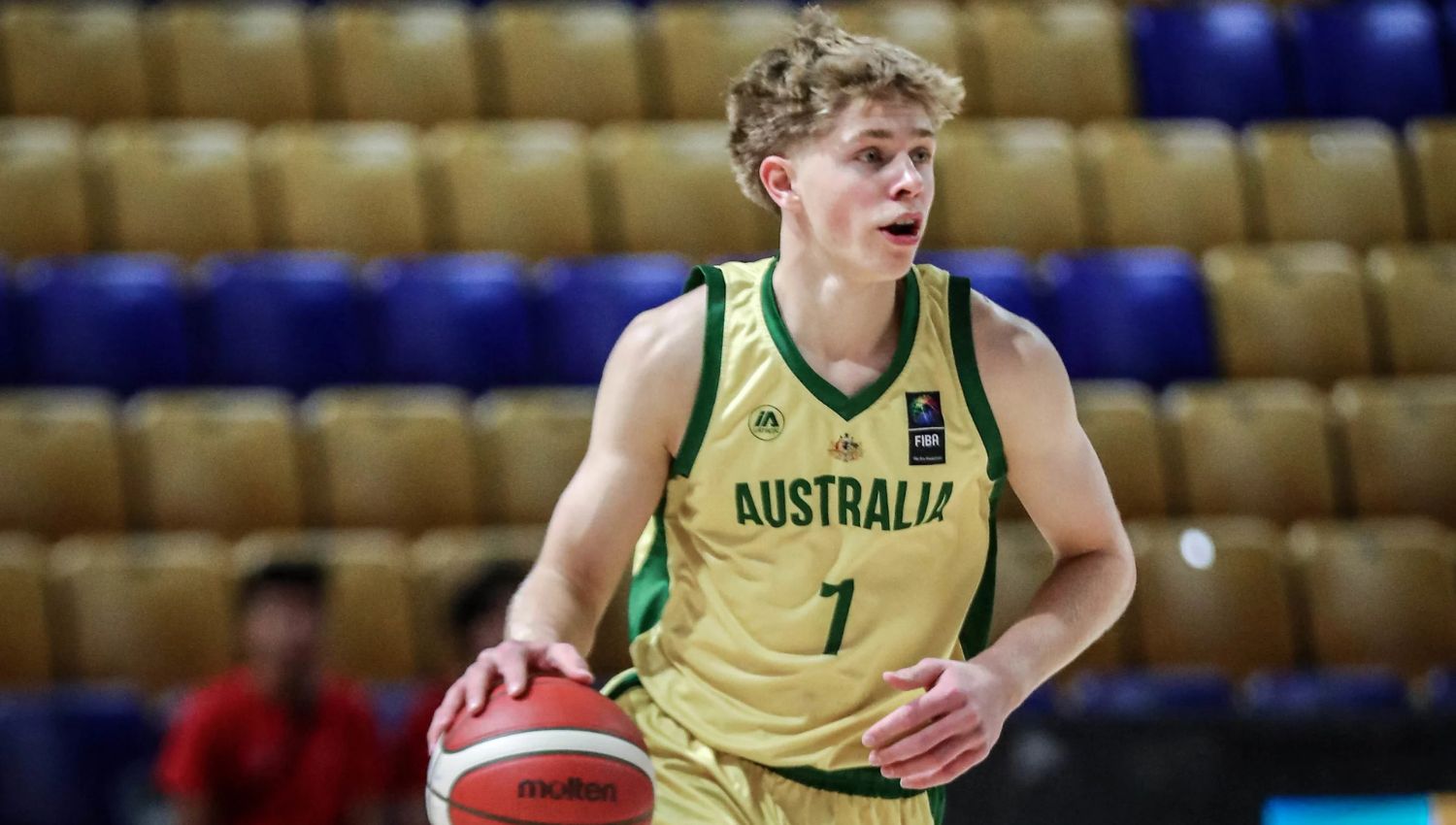

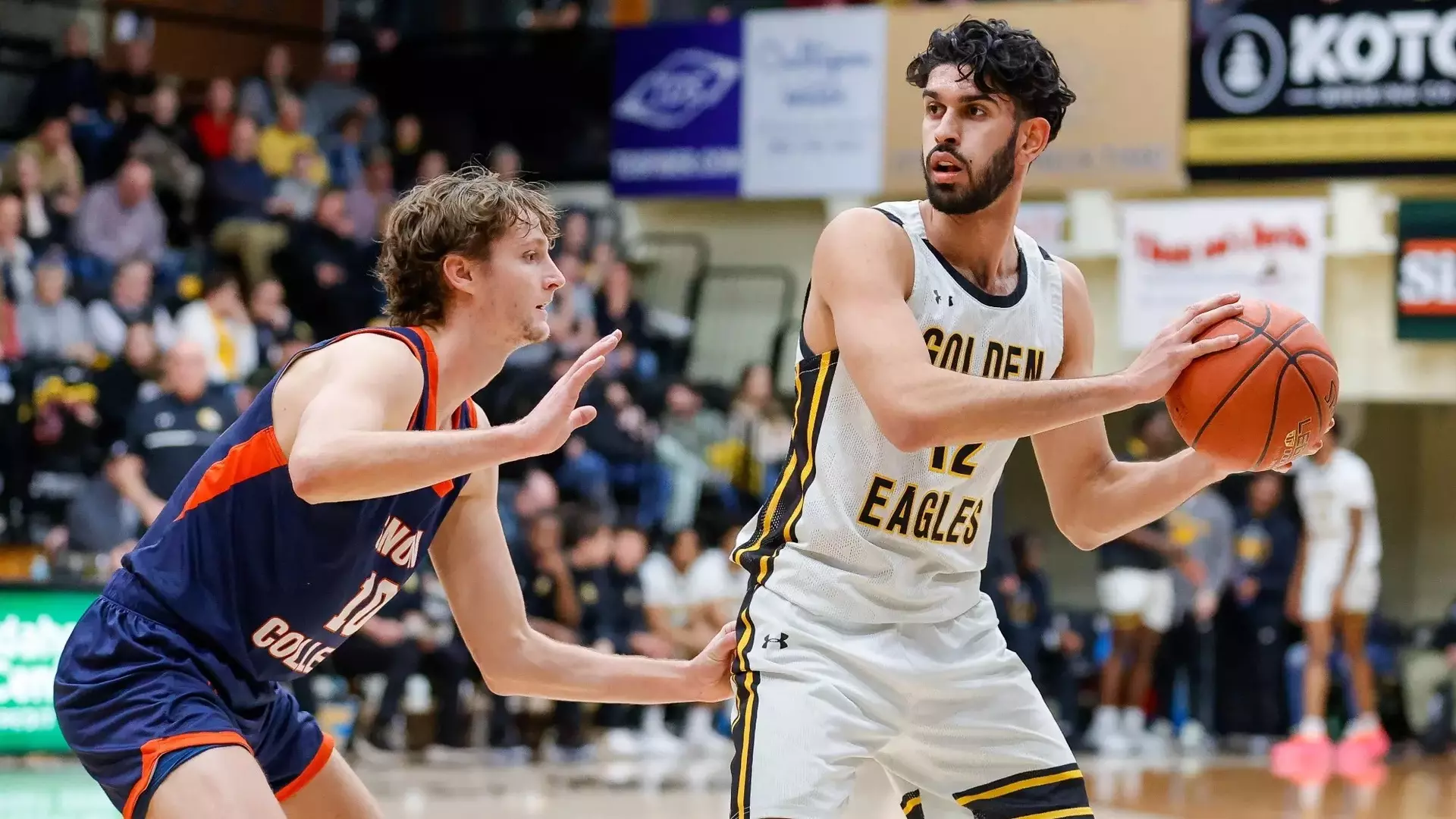
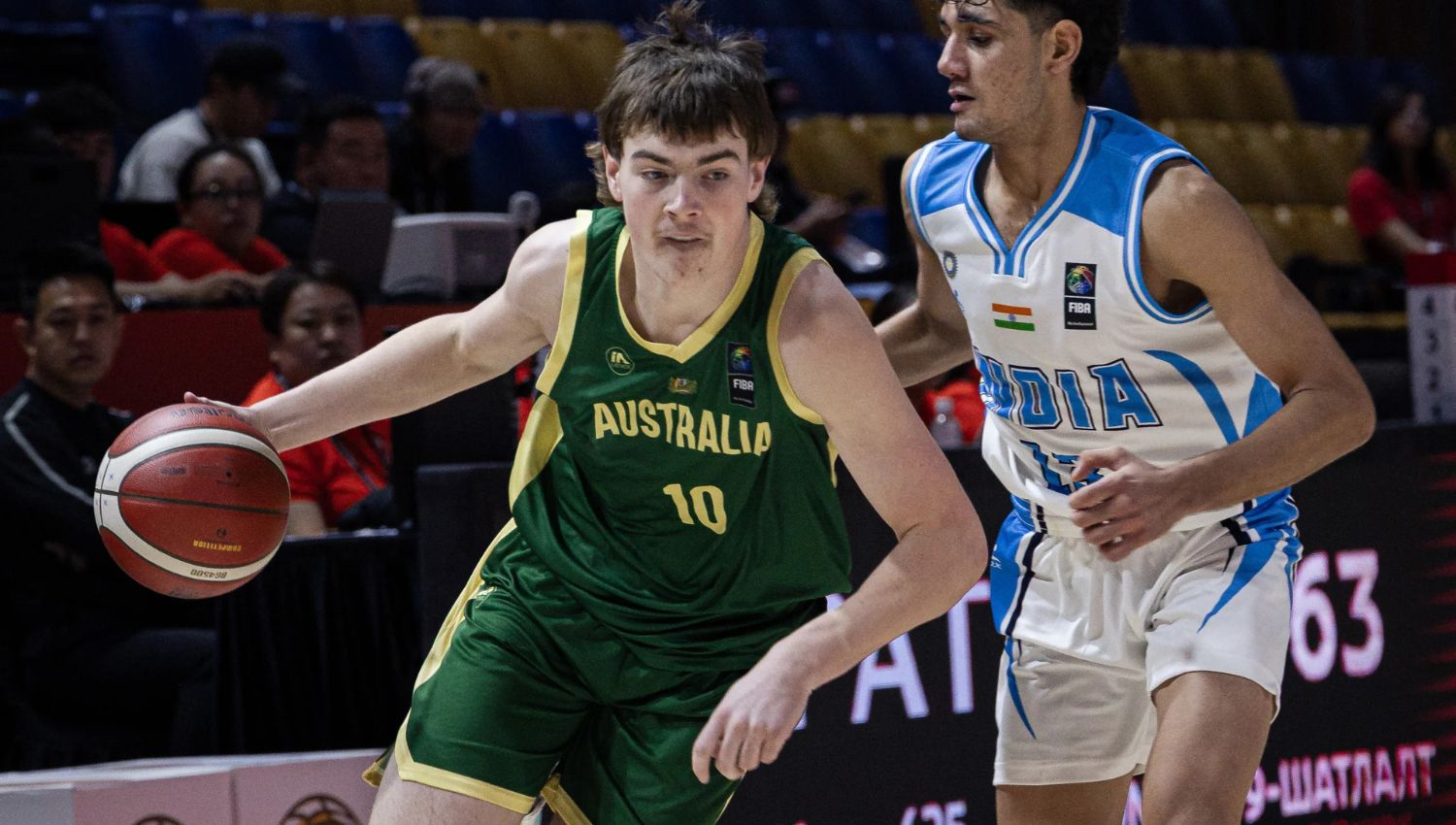
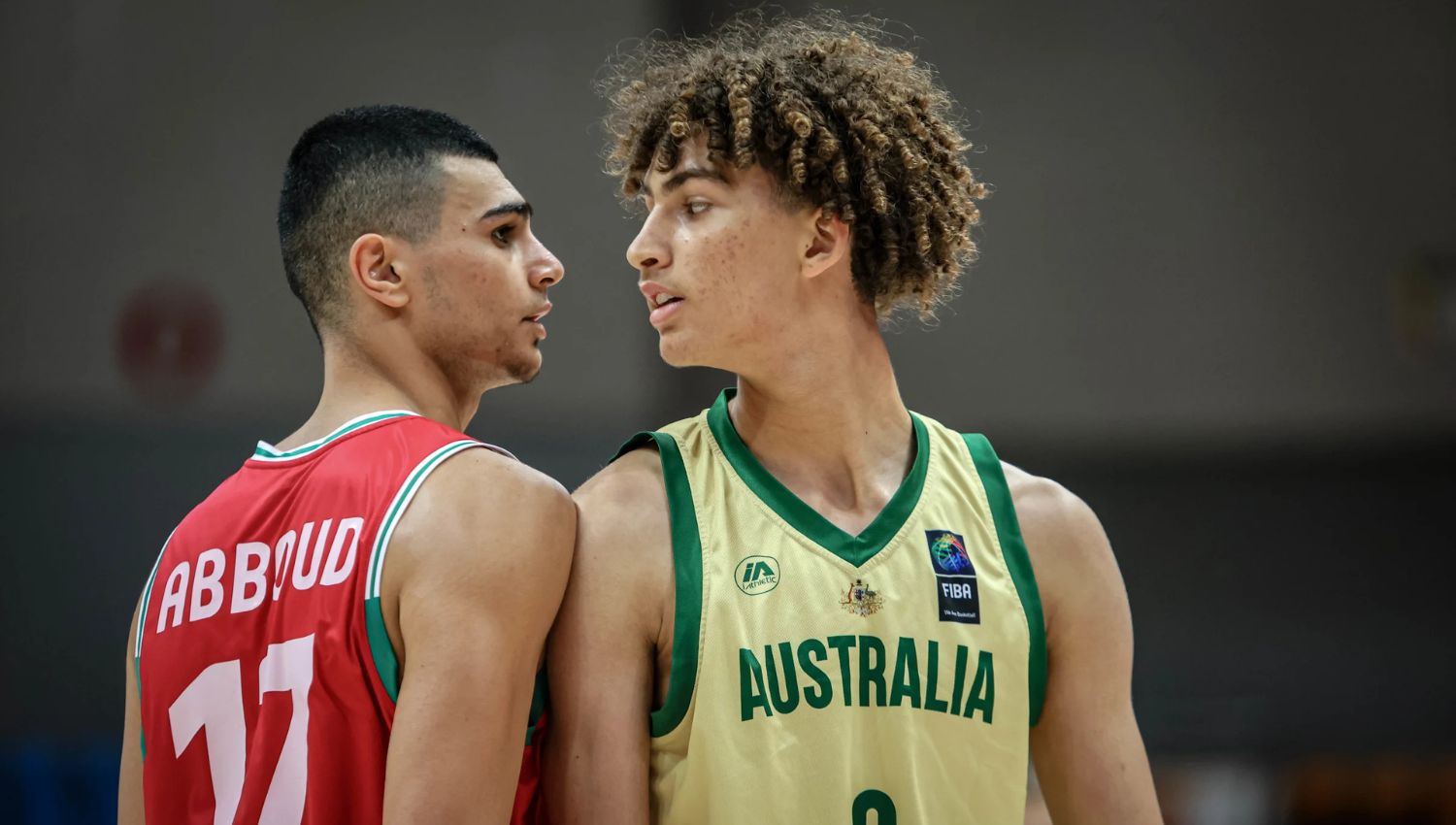
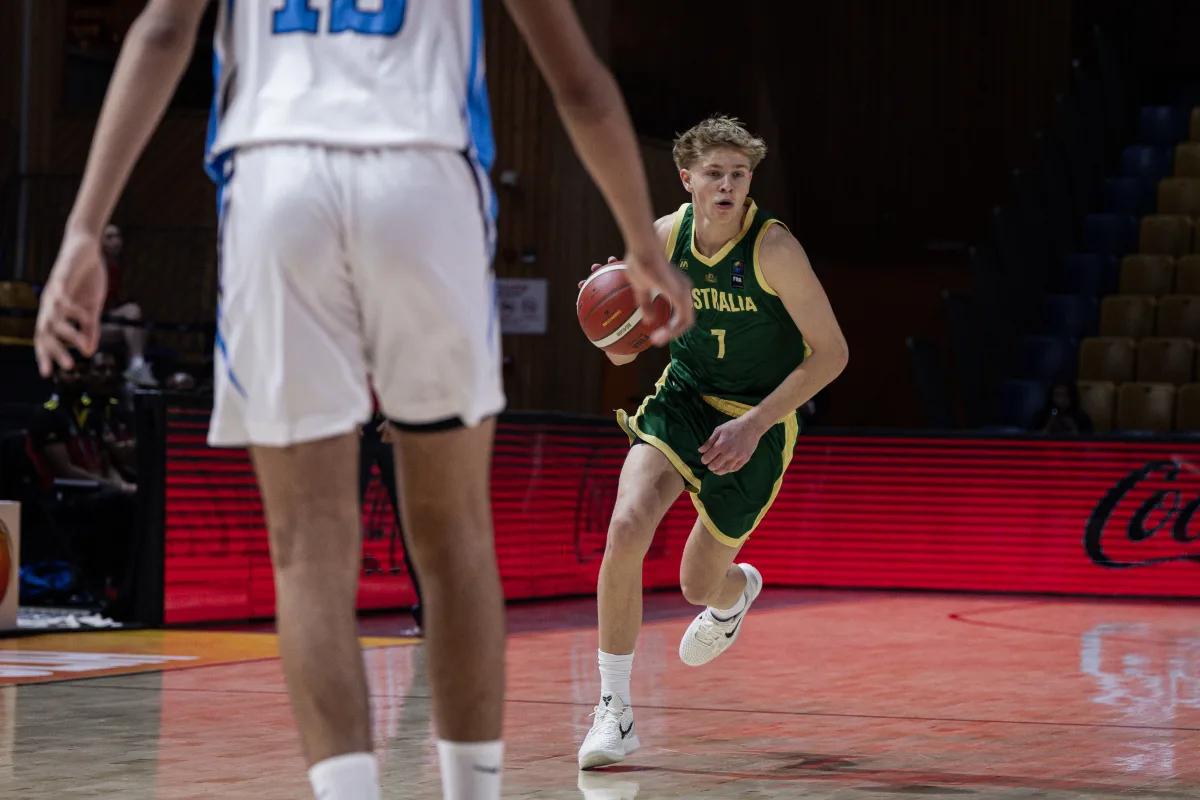
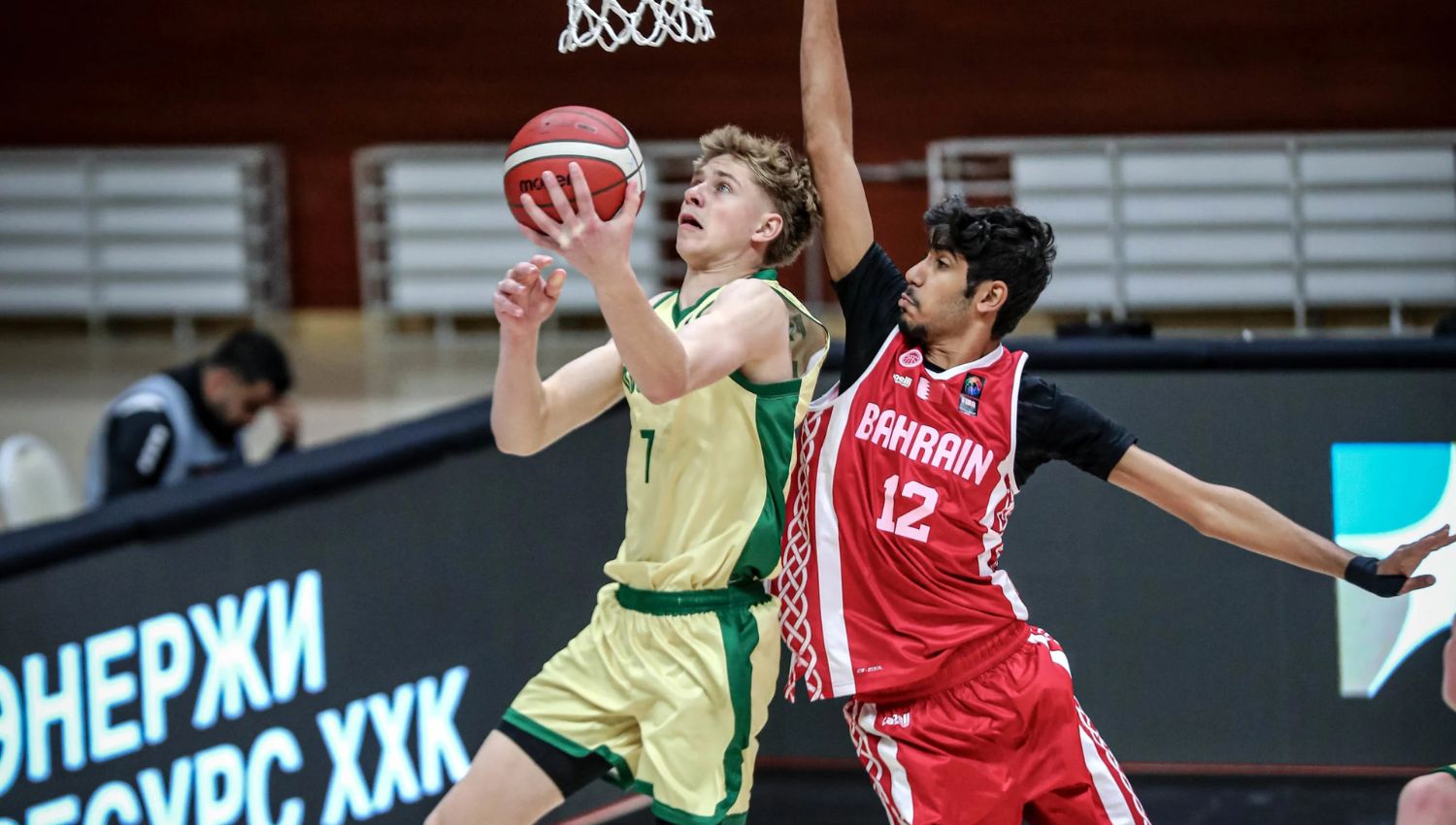
.png)
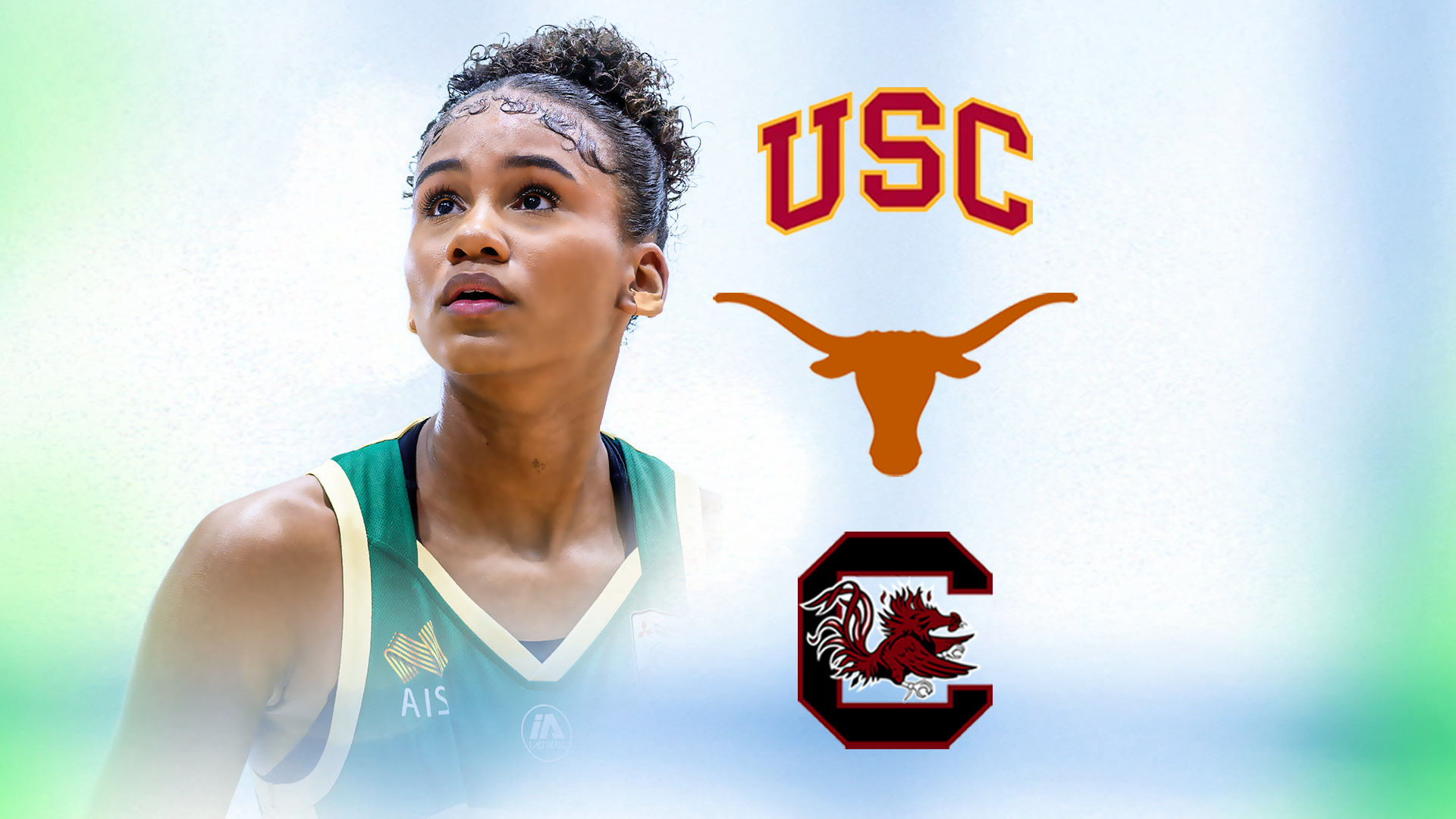
.avif)
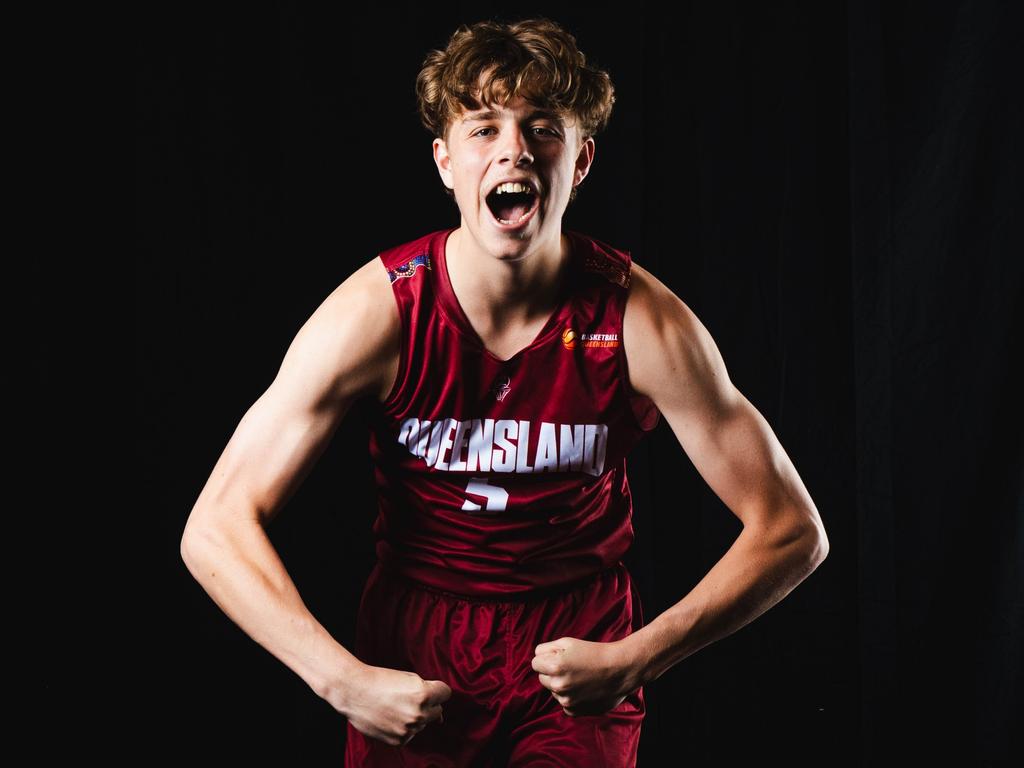

.png)
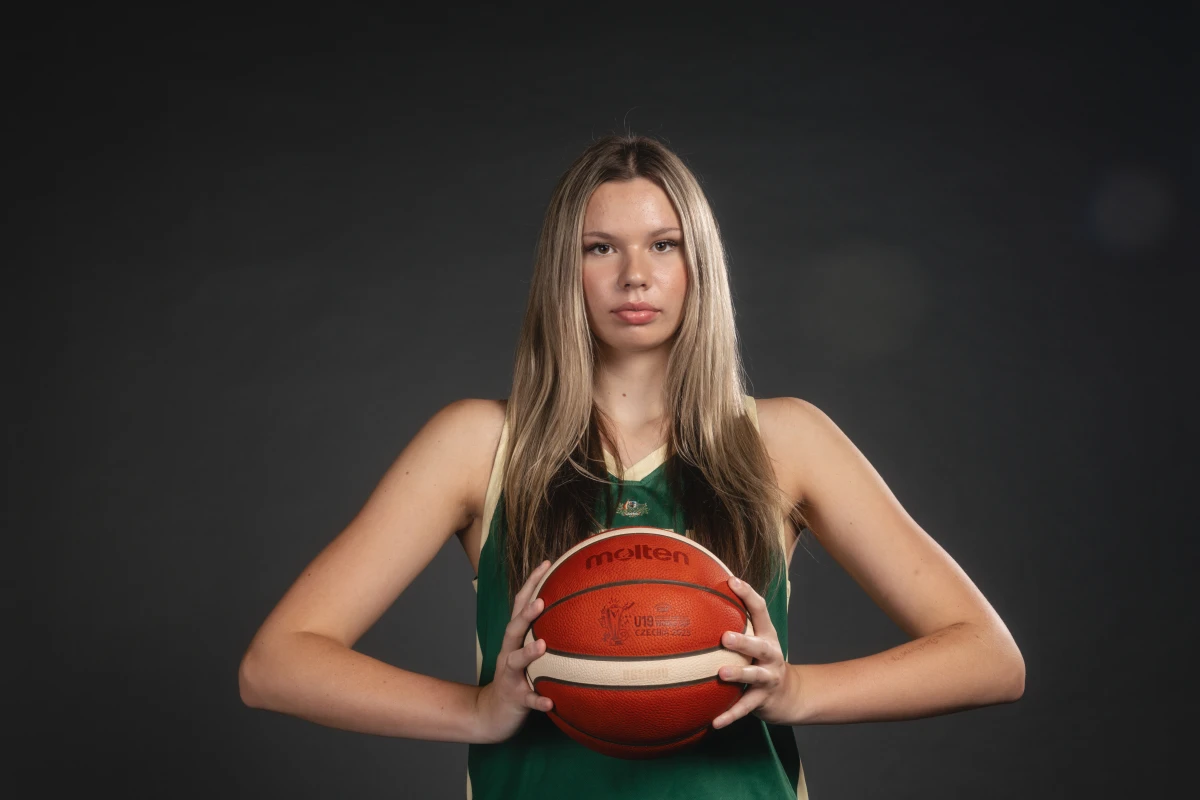

.png)
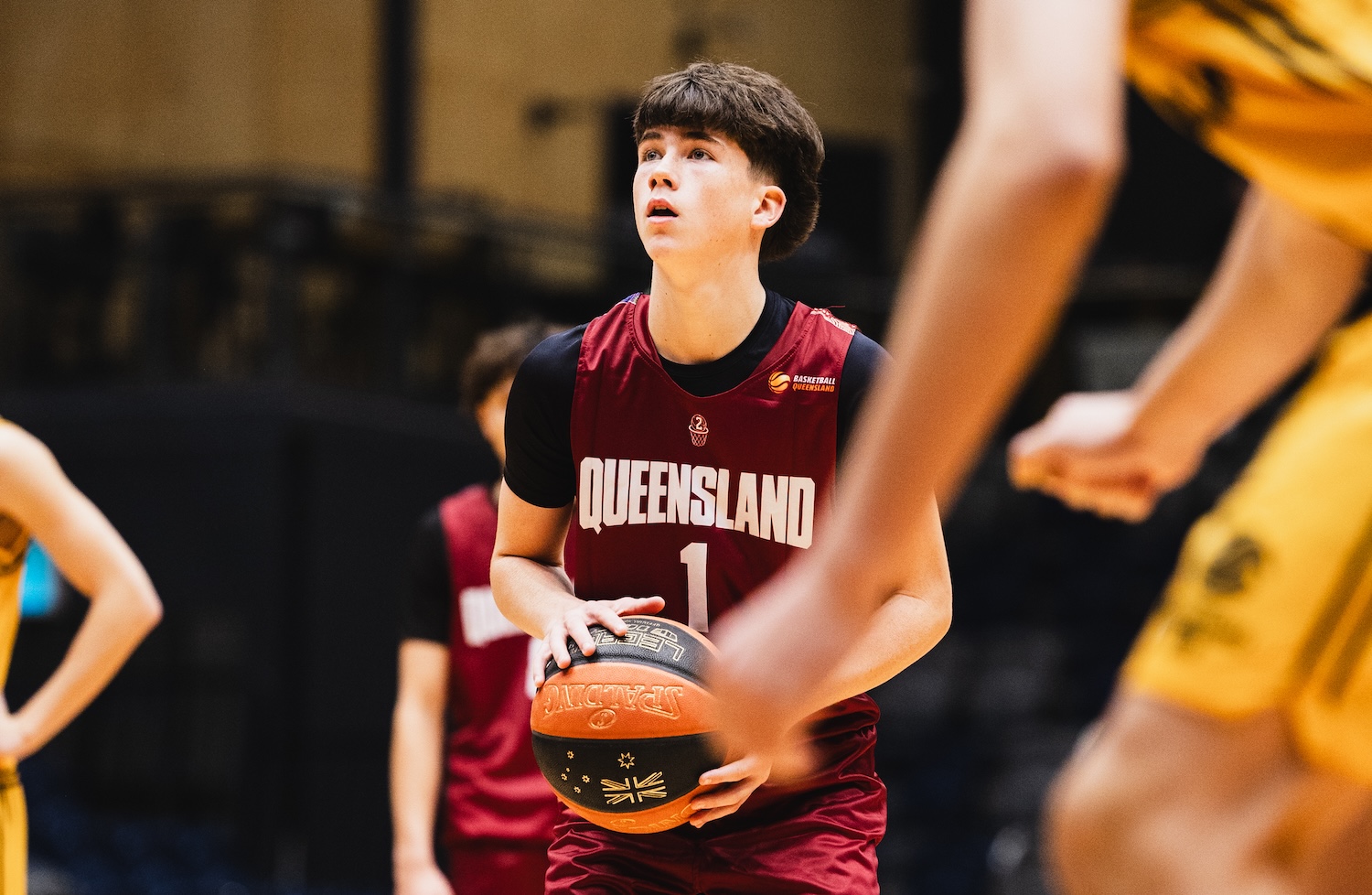
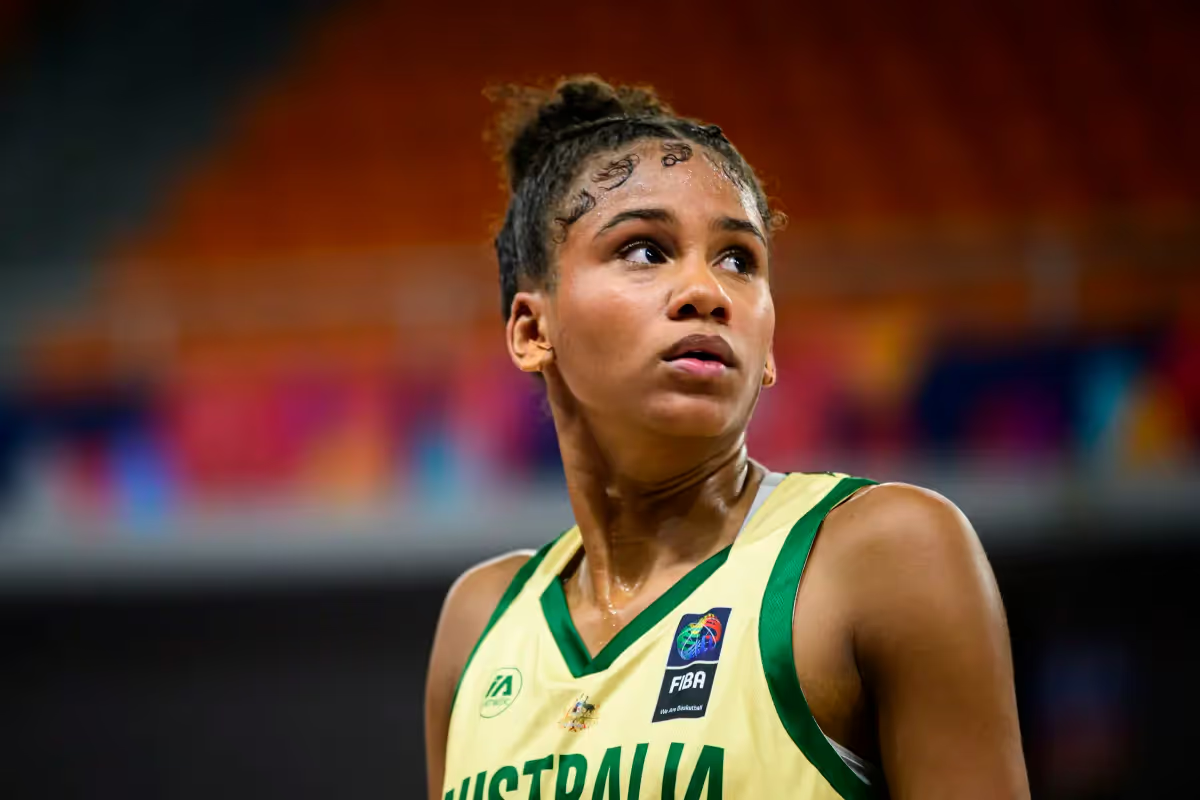
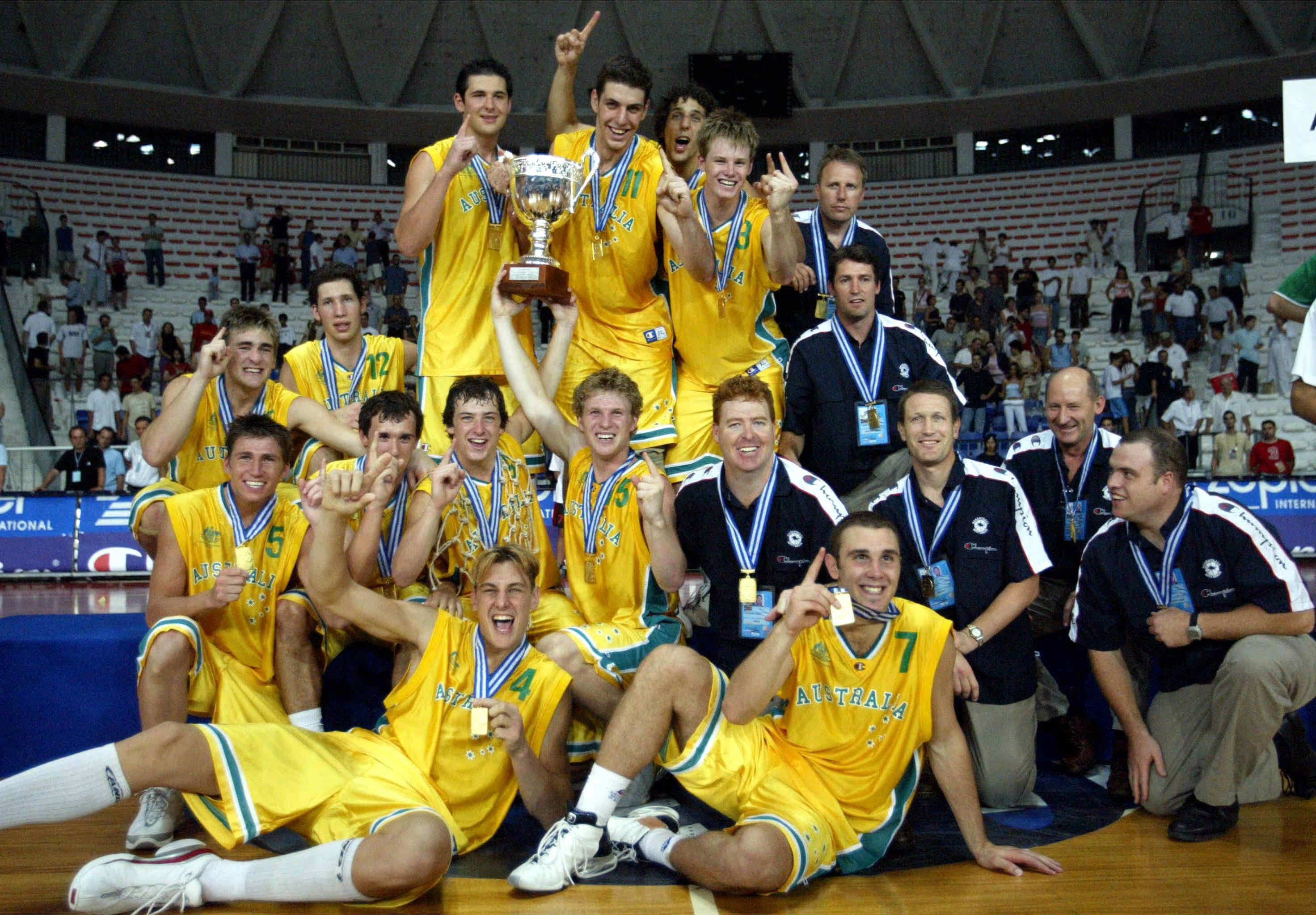
.avif)
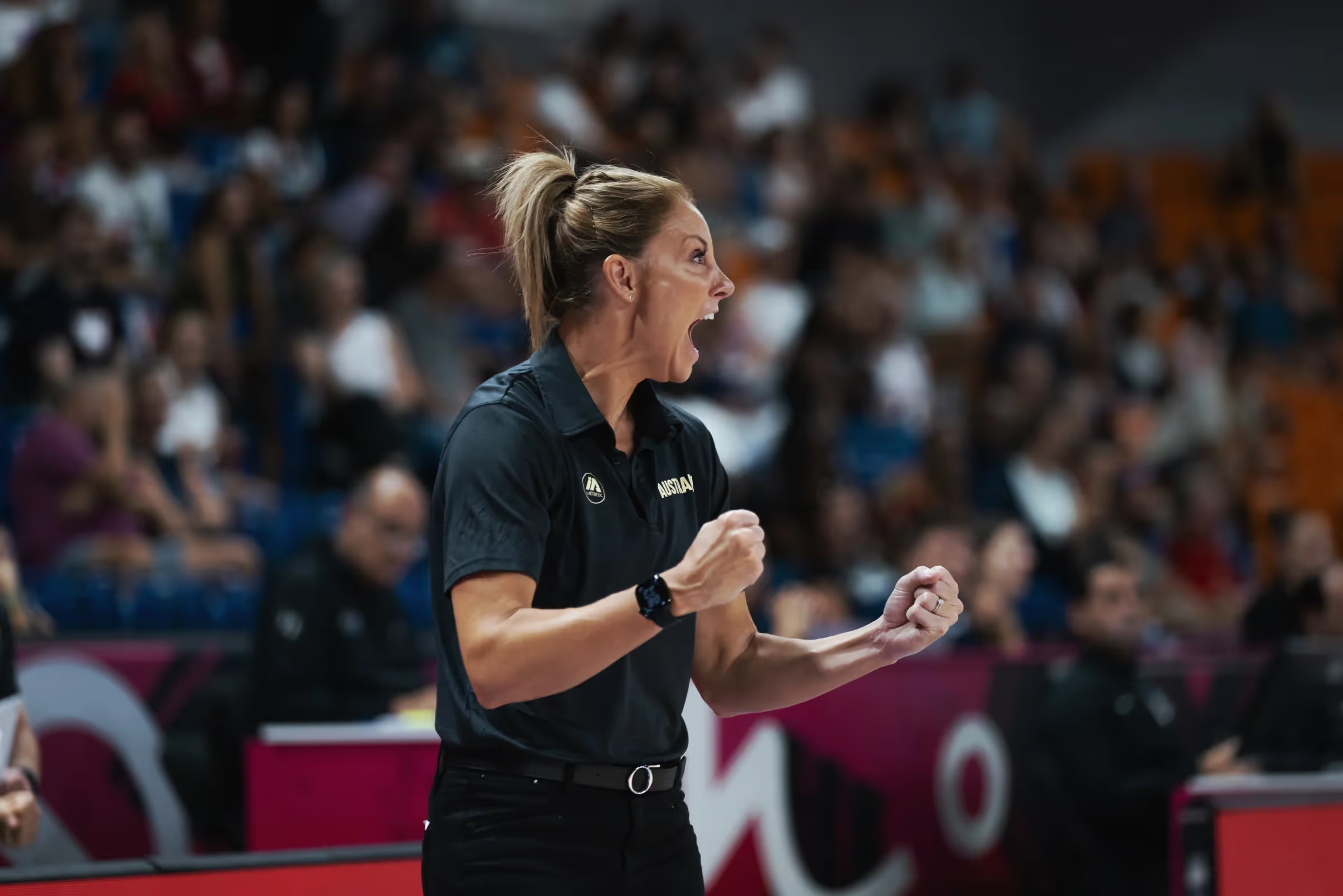
.avif)


